With the release of a large update, The Outlast Trials has officially left Early Access. Murkoff is once again offering a horrifying experience to unwilling test subjects. Whether it’s your first time entering the facility or you’ve been reborn before, let’s take another look at The Outlast Trials now that it’s fully released.
A Frightening Twist on a Familiar Narrative
The primary story of The Outlast Trials hasn’t changed between Early Access and full release (you can read my full thoughts on the Early Access release here). However, I think this is for the best. Murkoff puts you through trials that are based on Cold War-era sleeper agent experiments with a sprinkling of MK Ultra and a complete lack of ethics. By forcing you to undergo brutal tasks and complete objectives regardless of what your previous views might’ve been, this Murkoff facility is designed to rehabilitate patients into sleeper agents.
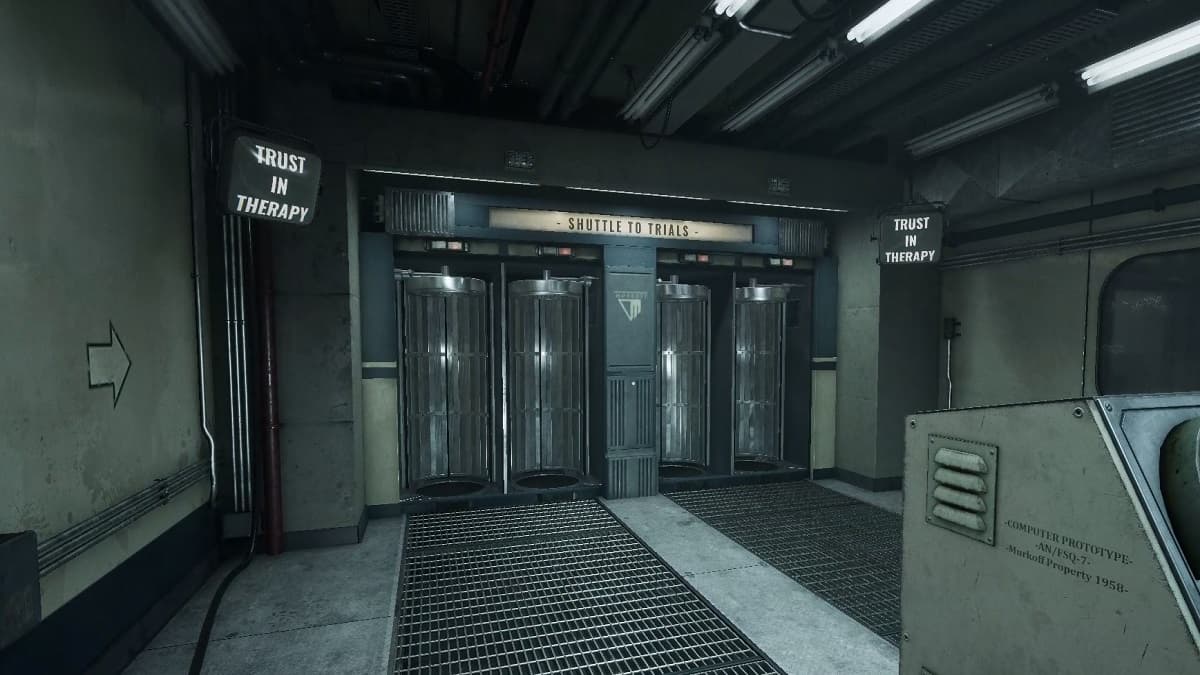
As such, the trial sets are referred to as therapy. In terms of gameplay, the Core Therapy set hasn’t changed from Early Access. However, this acts as a good introduction after the starting section to how the game works and how to use the tools at your disposal. While going through the Core Therapy, you gain Therapy Levels, which are used to unlock more items such as prescriptions, rigs, amps, and more. Once you complete the Core Therapy, you can become reborn and go through the final trial to see the game’s ending.
Although you need to be reborn once for the next level of therapy and three times for the extremely difficult level, you can participate in the Weekly Trials at any point. Weekly Trials change regularly, which keeps the game feeling fresh. It also provides a nice break from the primary therapy options, especially if you end up getting stuck on a trial and need a change of pace. This addresses the main concern I had in Early Access about how the game would continue to feel fresh after a couple of sessions, and how often trials would change to provide variety.
Scary and Smooth Gameplay with Difficulty Options
Now, getting into the actual gameplay. If you’ve played any other Outlast titles, the controls are basically the same. However, The Outlast Trials gives you a few more options to handle enemies aside from hiding. You can use rig abilities and debris like bricks and bottles to stun enemies for a moment, allowing you to run past them. I love these options, especially since I like to confront enemies more than hiding from them.
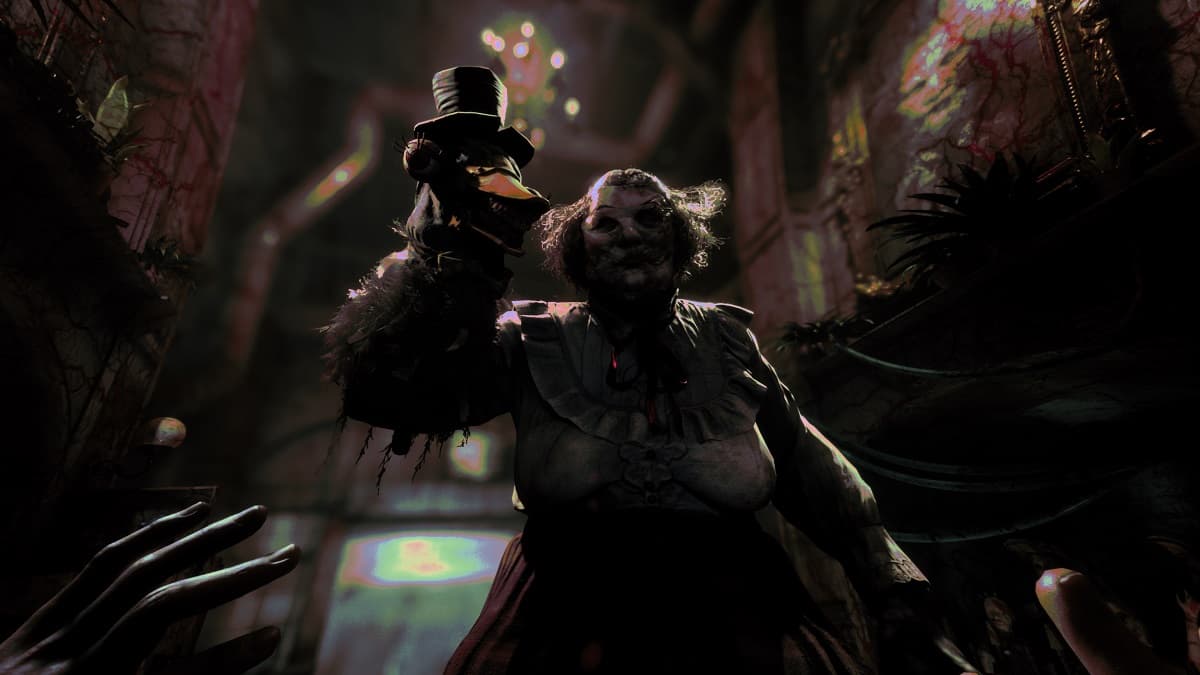
Playing the game feels super smooth. The controls are intuitive and Red Barrels’ experience in developing horror games truly shines once again. This time, they took on the challenge of bringing the horror of Outlast to a multiplayer experience (although you can play it alone if you want). You’d think that this would make trials easier, but it doesn’t. The tasks become more difficult with more people, and having people with you doesn’t make it any less scary. I’d argue that it’s scarier with more players. Especially since you never know when your teammate might step on glass or set off a trap and attract enemies.
The way that multiplayer works in The Outlast Trials is that you can play with up to three other players. As an example, the first Core Therapy trial is “Kill the Snitch.” While in this trial, the objectives shift slightly to compensate for additional players. If you have to fuel a single generator when playing solo in this trial, then you’d need to fuel four generators with a full group of four players. Then, the result is that playing with more people becomes more difficult given the extra objectives.
If the trials aren’t tough enough for you, once you complete the Core Therapy, you can customize the trials with options that ramp up the difficulty. While the main objectives stay the same, the obstacles you face while completing them become even more nightmarish. As somebody who struggles with the amusement park sections already because I get lost, I don’t need things to get any trickier here. However, somebody who loves a challenge might find these options to be a lot of fun.
Minigames and Self Expression with Customization
Outside of the trials, we have the facility itself. If you played the game during Early Access, you’ll find that there aren’t any major changes in the full release update. However, if you haven’t played in a while, you might find a new way to pass the time since there are now chessboards that allow you to challenge other patients between trials. I prefer this to the arm wrestling minigame that’s also available. But even if I didn’t like chess, having a variety of options for passing time in what’s essentially a lobby is a nice touch.
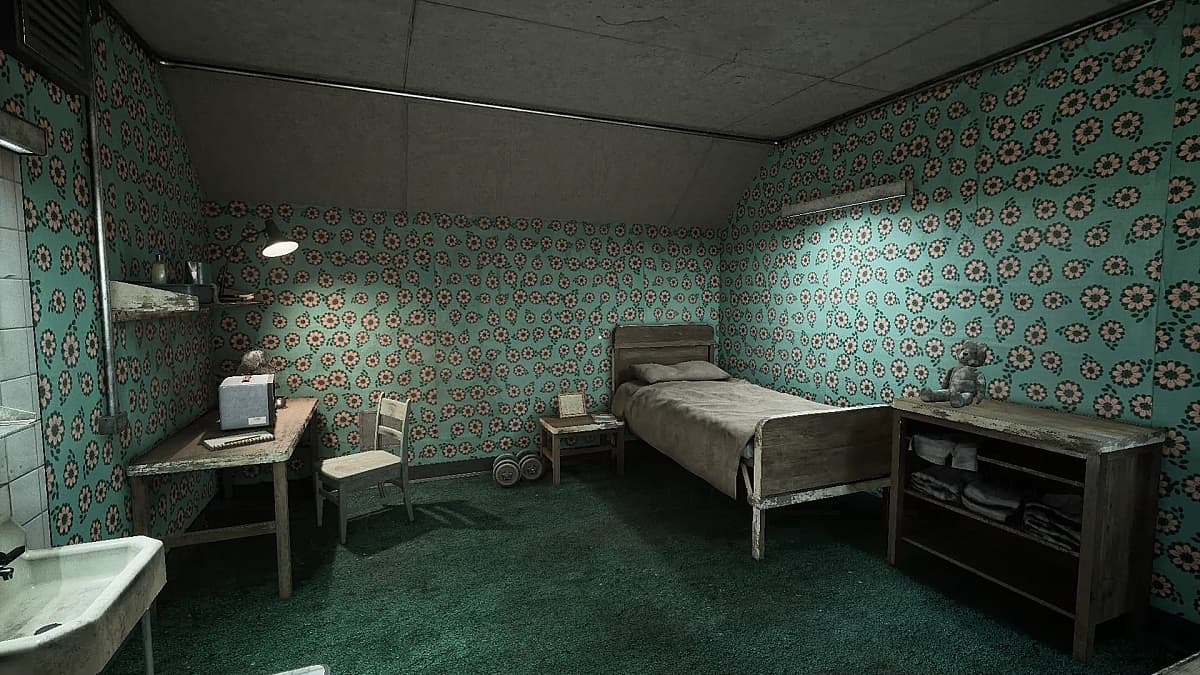
The full release also keeps the ability to customize both your character and your bedroom/prison cell. I love customization. So, having the ability to unlock those options through playing the game instead of buying items is a welcome system. It also adds more incentive to keep playing the game. Plus completing different challenges or getting achievements to unlock those customization options.
The Outlast Trials—The Bottom Line
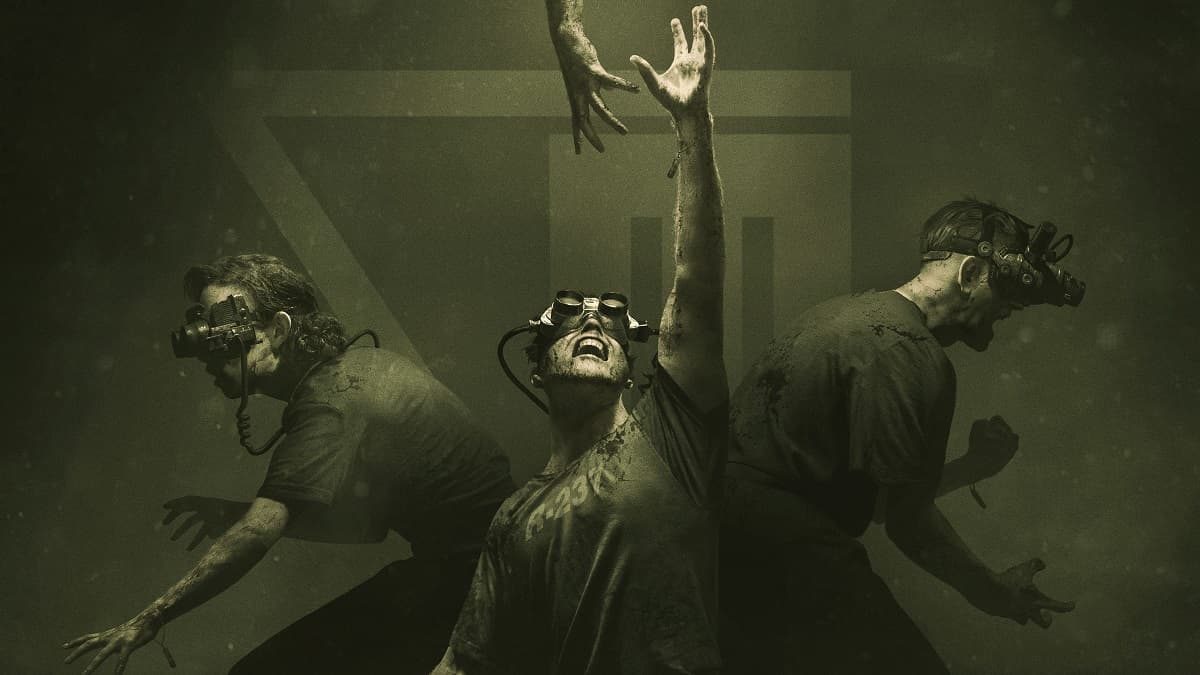
Pros:
- It has the traditional Outlast feel.
- Weekly Trials add replayability.
- You have free customization options.
Cons:
- Not a lot has changed between Early Access and full release.
- Depending on when you play, you might not have enough teammates for a full group.
- Unlocking all the available upgrades can take a lot of time if you aren’t able to play often.
I love Outlast and horror games in general. So, I enjoy The Outlast Trials well enough to recommend it as a solid experience. There’s a lot of room for it to grow yet, but Red Barrels delivers a terrifying game that you can complete the main section of in about four hours if you don’t fail any trials. It’s the kind of game that doesn’t force you to play it constantly, but you can always come back to it and have a good time with friends.

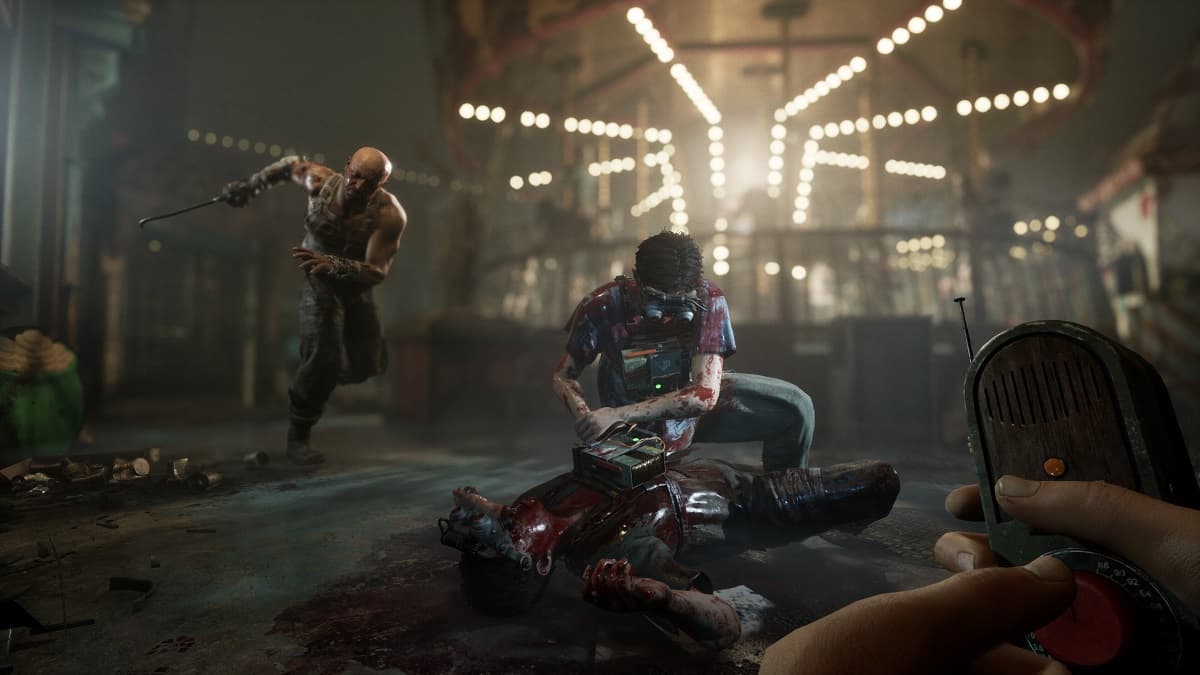








Published: Mar 7, 2024 03:28 am